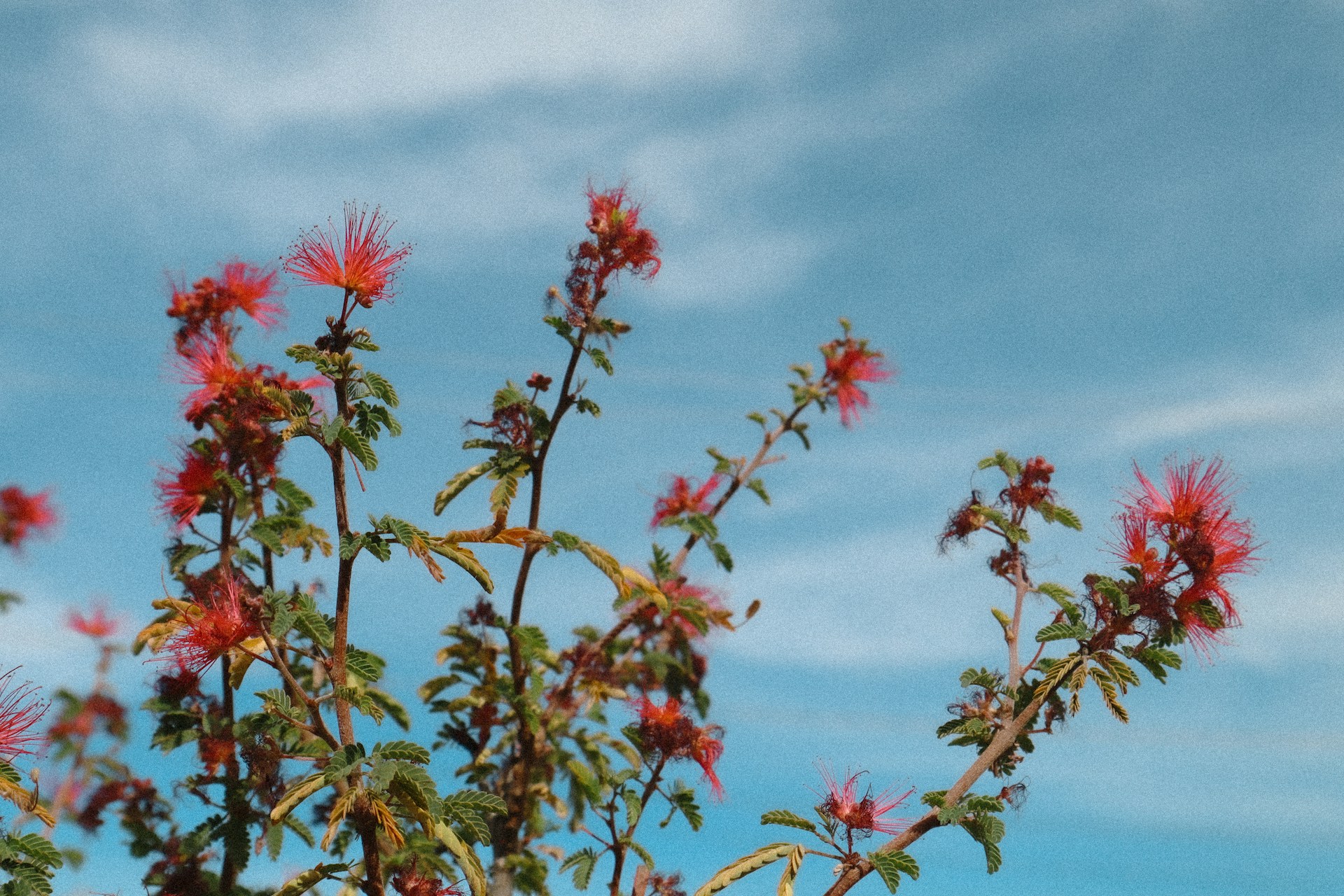Introduction
Arizona is a valuable ecological region that hosts a considerable diversity of hummingbird species due to its varied climatic conditions and floral resources. With over a dozen hummingbird species being either native to Arizona or regular visitors, the state presents a unique opportunity to explore the relationship between these charismatic avian pollinators and their preferred floral resources. This paper will delve into a detailed discussion on hummingbirds, providing an overview of their attractions and, most importantly, the specific flowers that allure them.
Understanding Hummingbird Preferences
Hummingbird species found in Arizona, like the Anna’s hummingbird and Broad-billed hummingbird, show a marked preference for flowers with certain traits. Known for their keen sight, hummingbirds are drawn to bright, rich colors, with red often considered the preferred flower color by hummingbirds. Nonetheless, other warm tones such as orange, pink, and yellow also attract them considerably, perhaps due to these color blossoms being richer in sucrose, a form of sugar that hummingbirds metabolize.
The flora of Arizona offers a broad spectrum of colors and flower shapes that play a significant role in attracting these nectar-seeking birds. Tubular-shaped flowers that provide a comfortable perch for hummingbirds while sipping nectar are particularly preferred. Among local flora, the wild columbine (Aquilegia canadensis) and the penstemon stand out for their appealing structure and color. Notably, the importance of penstemon to Arizona’s ecosystems is reflected in its popularity among hummingbirds.
Fast-Growing Flowers Suitable for Arizona
Arizona’s landscape allows for the growth of a variety of plants that bear flowers attractive to hummingbirds. Among these, several varieties are renowned for their fast growth rate and are suitable for the state’s dynamic climate. A commonly recognized plant is the Lantana montevidensis, or trailing lantana, recognized for its rapid growth rate in Arizona. This plant provides a vibrant display of lavender-colored flowers that serve not only as a feast for the eyes but also as a magnet for hummingbirds.
One of the most valuable among native plants is the Salvia greggii, also known as Autumn sage. Known for its resilience and bright, tubular, nectar-rich flowers, it is a favorite among hummingbirds and other pollinators. Its climate adaptability is noteworthy. Salvia greggii can tolerate even severe dry spells common in Arizona’s climate, ensuring consistent blooms that attract hummingbirds all year round.
Suitable Flowers for Different Climate Regions in Arizona
Different climate regions across Arizona pave the way for diverse types of nurslings. From Northeast Arizona’s colder regions characterized by high plateaus, mountains, and valleys, to the hot and arid regions in Southern Arizona, the state’s nonsynchronous weather conditions make way for diverse vegetation.
The winter-hardy Aquilegia chrysantha, or golden columbine, thrives well in the shaded areas of Northern Arizona. Interestingly, the traits of Aquilegia chrysantha attracting hummingbirds include its burnished yellow blooms. On the other hand, Fouquieria splendens, or ocotillo, with its spiny branches and vivid, red tubular flowers, is recognizably a significant nectar source for hummingbirds. Its adaptability to Southern Arizona’s arid conditions, combined with its unique drought-deciduous habit and striking appearance, makes it a distinctive component of desert landscapes.
Longer-term Flower Projects for Hummingbird Attractions
While rapid growth and quick blooming cycles are highly desirable for immediate hummingbird attractions, given adequate time and care, several plants thrive and provide long-term benefits to hummingbirds. Chilopsis linearis, known commonly as desert willow, is one such plant. Native to the southwestern U.S., this plant showcases showy clusters of flowers that successfully draw hummingbirds. Although desert willow doesn’t bloom as quickly as the lantana or Autumn sage, its ability to survive harsh conditions and offer rich ecological benefits make it a rewarding long-term project for nature enthusiasts.
Creating a Hummingbird-Friendly Garden in Arizona
Creating a hummingbird-friendly garden in Arizona involves various contemplations. One of the critical accurate factors owes itself to Arizona’s climate variations that require strategic planting of nectar-rich flowers with continuous blooming seasons to assure a constant food supply for these winged visitors. Selectively planting a mix of native and non-native plants not only contributes to the overall aesthetic appeal but also bolsters the chances of hummingbird visits.
While encouraging the growth of native species aids in maintaining the local ecosystem, consideration of non-native species needs to be introduced cautiously, considering their potential ecological impact and the possibility of their becoming invasive. The long-term benefits of nurturing flora suited to Arizona’s semi-arid climate extend beyond attracting hummingbirds. It rewards growers with vibrant landscapes, bolsters local pollinator populations, and contributes to the state’s rich biodiversity.
Evaluation and Conclusion
In conclusion, whether you are a seasoned gardener or a novice enthusiast, cultivating a hummingbird-friendly garden in Arizona offers numerous rewards. It fosters a closer connection with nature, contributes positively to local ecosystems, and provides an opportunity to observe close quarters of the intriguing behavior of these amazing tiny birds. Most importantly, it underscores the role each one of us can play in promoting sustainable gardening practices and preserving native floral species in Arizona.

